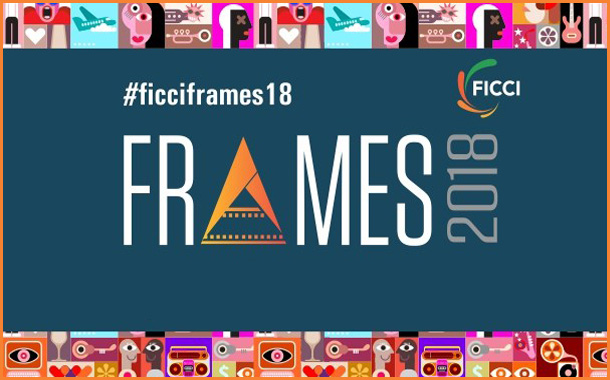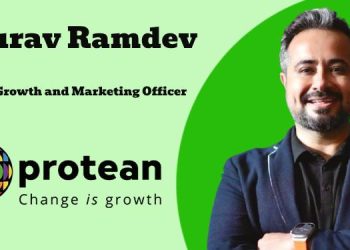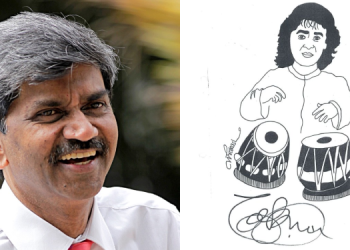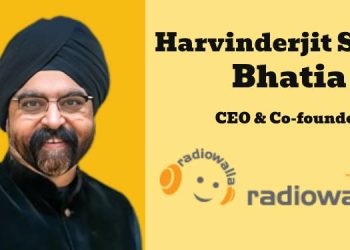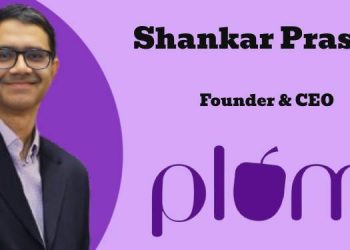As smartphones and mobile devices proliferate on the back of a rapidly growing infrastructure and convergence, people are viewing content across multiple devices in passion communities seeking quality content. This upsurge in content consumption in a multiscreen environment will empower India’s chronically undercapitalized media industry, per the deliberations of an interesting panel discussion at FICCI Frames 2018.
Karan Bajaj, Senior VP and General Manager – Discovery Communications; Gaurav Gandhi, COO – Viacom18 Digital Ventures; Amish Tripathi, Author; Karan Bedi, Head – Eros Labs & Strategic Advisor, Eros Now; Hosi Simon, CEO – APAC, Vice Media and Rian Bester, CEO – Insight TV, comprised the panel that Nachiket Pantvaidya, CEO – Alt Balaji, earlier listed as one of the industry experts on the panel, had to step in to moderate it as well.
Pantvaidya set the tone of the discussion when he observed that over the last 12 month, telecom has democratized the environment, and three important areas for a meaningful discussion could be the questions: Who is watching (digital content), What it means for creative economics, and what it means for storytelling.
On who is watching digital content today, and whether it is largely new audiences or the usual TV viewer, Rian Bester said viewing is driven by the quality of content. “The delivery mechanism is almost irrelevant,” Bester said. “Big content producers are also producing for mobile today. Smartphones are ubiquitous. People are talking about content and quality; there are passion communities and no boundaries from an age perspective.”
Gaurav Gandhi said, “In a market where 95% homes are single-TV homes, and which has seen 4x growth in watch times, it is the same existing content which has been viewed across multiple screens. Yes, digital originals too have done the job for OTT that multiplex did for films. But it is foolhardy to believe that this phenomenon is limited to urban; it is going deeper with 30-40 percent of regional content. There is also a supply side bias because not much original content is available yet, but it will go up from three hours to six hours.”
Karan Bajaj said that Veer, India’s first YouTube channel for the armed forces from Discovery Communications, grew much faster than it was expected to, reaching 50000 subscribers in no time. “The niches in India are bigger than countries. The same consumer is watching on multiple screens,” he said.
On Vice’s strategic approach in India Hosi Simon said, “It isn’t about us coming here to replicate what we are doing in the rest of the world. We aren’t in the business of keeping status quo; in fact we break the status quo every day. What we are trying to do here is make our brand elastic and very local.”
Amish Tripathi said, “Great content will remain popular; a Game of Thrones did not become small because it got watched on ipads and mobiles. Story telling of mythology is best done in a book and not on TV.The internet was to be the great democratizing tool, but the average Joe is getting killed– you either have everything or a niche.”
Saurabh Doshi said, “We try to find content and marry that with people who can actively consume it. When you actively consume content you become a part of niche communities. Content becomes the aggregator of niche communities. We have to push content consumption and conversations to be successful. As a platform we have a responsibility to get people to consume content and drive more conversations, chatter and active consumption.”
On content creation for multiple screens or how to make content that ‘travels’, Karan Bedi said,“A question raised at the beginning at this discussion was, ‘who is the audience?’ My answer is; Who is not the audience? Content travels. Everyone is consuming everything everywhere – at home on TV, on a smartphone or ipad, in a car in a plane… making content for a particular will be very difficult – everything is converging fast… there is no difference between pipes.”
Commenting on revenues and survival, Gaurav Gandhi said,”The largest growth has been seen in advertiser supported services. In the next three to four years, as internet video expands to say 500 million, the key trick there will be that you have to be a very large player, say among the top five big players. On Voot Bigg Boss has been seen for 200 million hours a season! Should we split TV and Voot for monetization or not?”
An important point that came up was although 59% of people in the US are subscribing to Netflix, it is losing billions a year as there is nothing else to sell through content. In the case of Amazon which uses content as a loss leader to sell a service, it works because Amazon Prime Video and now Amazon Prime Music are used to sell its online shopping service which is now the world’s biggest. So it would seem that content is a loss leader for data to be consumed.
Karan said that the media has been a chronically undercapitalized industry in the last 30 years, however scale is now happening – Voot is selling across digital and television and on Hotstar, IPL selling across digital and TV will see very large numbers.
So, the multi-screen environment is poised to energize the Media & Entertainment industry in India, where niches are bigger than countries and where passion communities search for and propel the consumption of quality content through the day, at home and on the go.
Authored by: Yohan PC

